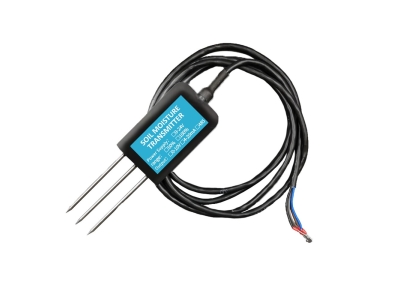Soil monitoring is a crucial aspect of modern agriculture, allowing farmers to optimize crop yields, conserve resources, and ensure sustainable farming practices. In this article, we will explore the various methods and technologies that farmers use to monitor soil health and quality effectively.

Importance of Soil Monitoring:
Soil serves as the foundation for agricultural productivity, providing essential nutrients and support for plant growth. By monitoring soil conditions, farmers can make informed decisions regarding irrigation, fertilization, and crop selection. This proactive approach not only maximizes yields but also minimizes environmental impact by reducing chemical usage and preventing soil degradation.
Traditional Methods of Soil Monitoring:
For many years, farmers have relied on manual techniques such as visual inspection and soil sampling to assess soil quality. By observing the color, texture, and structure of the soil, farmers can gather valuable information about its composition and health. Soil sampling involves collecting soil samples at various depths and locations within a field and sending them to a laboratory for analysis.
Modern Technologies for Soil Monitoring:
In recent years, advances in technology have revolutionized soil monitoring practices, providing farmers with more efficient and accurate ways to assess soil health. One of the most widely used technologies is soil sensors, which can measure key parameters such as moisture levels, temperature, pH, and nutrient content in real-time. These sensors are often deployed throughout fields to provide continuous data that can be accessed remotely via mobile devices or computers.
Another innovative technology used for soil monitoring is satellite imaging. Satellite data can provide farmers with valuable insights into soil moisture levels, vegetation health, and other environmental factors that impact crop growth. By analyzing satellite images, farmers can identify areas of their fields that may require additional irrigation or nutrient application.
Remote sensing technologies, such as drones and UAVs (Unmanned Aerial Vehicles), are also being utilized for soil monitoring. These aerial platforms can capture high-resolution images of fields, allowing farmers to assess crop health, soil moisture content, and pest infestations from above. This bird's-eye view enables farmers to make data-driven decisions and respond quickly to emerging issues.
Data Management and Analysis:
With the abundance of data collected from soil sensors, satellites, and remote sensing technologies, effective data management and analysis are essential for farmers to derive meaningful insights. Many farmers now use farm management software and platforms that integrate data from multiple sources, allowing them to visualize trends, track changes over time, and make informed decisions about crop management practices.
Challenges and Future Directions:
While soil monitoring technologies offer numerous benefits to farmers, there are still challenges to overcome. Cost can be a barrier for some farmers, especially small-scale producers, who may find it difficult to invest in expensive equipment and data analysis tools. Additionally, there is a need for more research and development to improve the accuracy and reliability of soil monitoring technologies.
Looking ahead, the future of soil monitoring in agriculture is promising. As technology continues to advance, we can expect to see more affordable and user-friendly soil monitoring solutions that cater to the diverse needs of farmers worldwide. By harnessing the power of data and technology, farmers can continue to enhance soil health, increase productivity, and contribute to a more sustainable agricultural future.
Conclusion:
In conclusion, soil monitoring plays a vital role in modern agriculture, enabling farmers to make informed decisions that optimize crop production while preserving natural resources. From traditional soil sampling to cutting-edge technologies like soil sensors and satellite imaging, farmers have a range of tools at their disposal to monitor soil health effectively. By embracing these advancements and integrating data-driven practices into their operations, farmers can enhance sustainability, resilience, and productivity in the face of evolving agricultural challenges.





